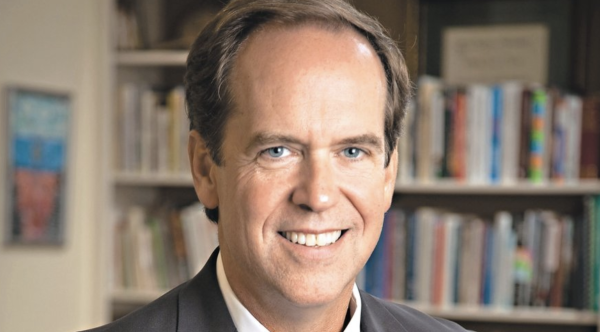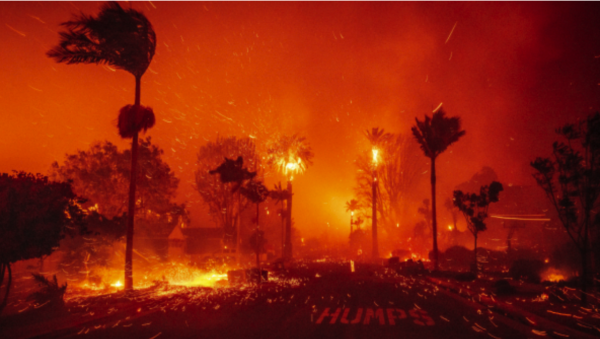Atlanta as human trafficking hotspot
To many of its residents, Atlanta is a thriving city renowned for its incredibly busy airport, large aquarium, hopping nightlife, and high quality food. Atlanta is also home to another lucrative industry, one which generates nearly $290 million locally each year: human trafficking. A lot of people seem to have trouble grasping this fact. Many people think slavery hasn’t been around since the Civil War, and so there is no way this could be such a large industry without everyone knowing about it. It is happening, and while it is difficult to accept and confront this issue, one of the most important factors in helping to eliminate this industry is to raise awareness.
First and foremost, everyone should have a complete definition of what human trafficking is. As defined by the National Human Trafficking Resource Center (NHTRC), “human trafficking is a form of modern-day slavery. This crime occurs when a trafficker uses force, fraud, or coercion to control another person for the purpose of engaging in commercial sexual acts or soliciting labor or services against his/her will.”
This explanation is subject to change, especially when age is a factor. If someone is under the age of 18, they are instantly deemed victims of trafficking by the justice system, regardless of whether force, fraud, or coercion can be proven. On the contrary, if someone is over the age of 18, they must prove that force, fraud, or coercion was involved or else they will be convicted of prostitution. This obviously leads to many issues concering evidence and testimonies.
When learning about human trafficking, one of the most surprising parts is where the bulk of the business is coming from. Most people assume that the majority of human trafficking would be occurring in the seedy, low-income parts of the city. In actuality, the largest percentage of perpetrators was found to be in areas north of the perimeter, such as Sandy Springs and Dunwoody. In fact, if you went to a church north of the perimeter and were seated in a pew behind eight men, statistically speaking one of those eight men would be involved some way in human trafficking. The reason for this geographical distribution is really quite simple: the people living in this area tend to have higher amounts of disposable income. Trafficking is a huge industry, generating billions of dollars worldwide; the people purchasing these services need to have money to spare.
For these individuals who find themselves trapped, unless their father is Liam Neeson, escaping the human trafficking industry can be extremely difficult. Many of these victims are either immigrants from foreign countries who hardly speak English, or children and young adults who have left an unsafe or unstable home situation, leaving them with nowhere to seek refuge. Fortunately, there are organizations such as StreetGrace and Tapestri that utilize all their resources toward helping the victims of trafficking.
Tapestri and StreetGrace, although each specializes in a different sector, both carry the same goal of putting an end to human trafficking. Tapestri focuses on aiding the numerous immigrants who find themselves trapped. This can include access to hotlines, legal advice, and language help. StreetGrace is more centered toward preventing Domestic Minor Sex Trafficking (DMST). In contrast to Tapestri, StreetGrace actually takes initiative toward the perpetrators of trafficking, which includes actions such as falsely advertising DMST services and then collecting data on those who contacted the false advertisement.
Human trafficking is not just a problem in Atlanta but is, in fact, a major issue in cities all across the globe. However, hope is not lost. Many who volunteer at organizations such as Tapestri and StreetGrace are optimistic that with the surging wave of awareness, our generation can be the one to finally end human trafficking once and for all.




